How to Clean Your Reel After Saltwater Use
Saltwater fishing offers incredible thrills, but the aftermath requires careful attention. Saltwater is notoriously harsh on fishing equipment, with its corrosive properties capable of damaging even high-quality reels within days if left untreated. Proper cleaning and maintenance after saltwater exposure isn’t just recommended—it’s essential for preserving your fishing investment. A well-maintained reel can serve you faithfully for many seasons, while a neglected one might not survive a single summer of saltwater action. This comprehensive guide will walk you through every step of cleaning your fishing reel after saltwater use, ensuring your equipment remains in peak condition for years to come.
Understanding Saltwater Damage
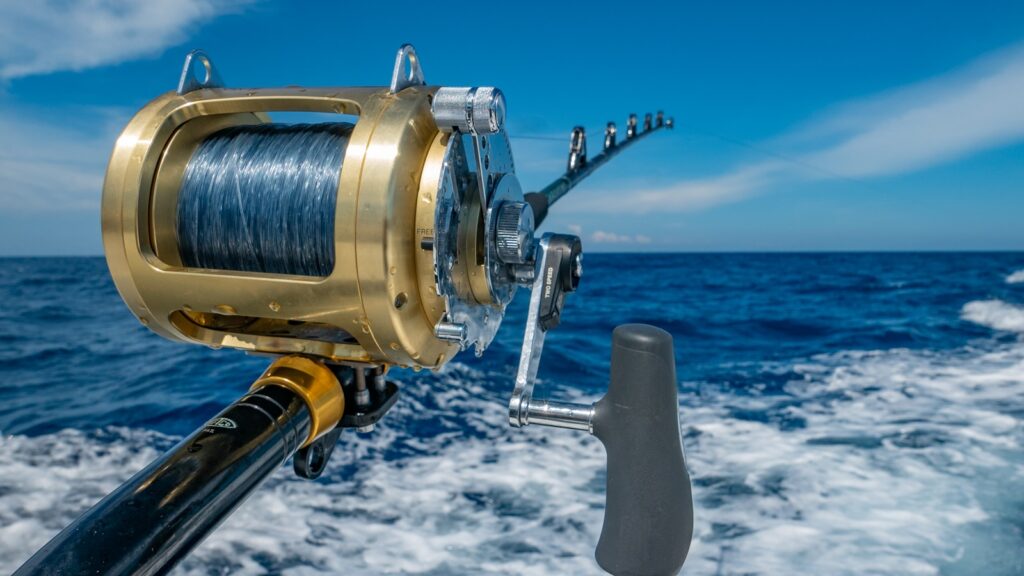
Salt crystals are perhaps the greatest enemy of fishing reels, causing corrosion and deterioration of metal components at an alarming rate. When saltwater evaporates, it leaves behind salt deposits that attract moisture from the air, creating an ongoing cycle of corrosion even after the reel appears dry. This corrosive process can seize bearings, damage gears, and compromise the structural integrity of your reel’s frame and components. Even premium reels with specialized coatings and corrosion-resistant materials aren’t immune to saltwater damage without proper care. Understanding this fundamental threat is the first step toward developing an effective cleaning routine that will extend your reel’s lifespan significantly.
Gathering Your Cleaning Supplies

Before beginning the cleaning process, assemble all necessary supplies to ensure an efficient workflow. You’ll need fresh water (preferably warm), a mild soap or specialized reel cleaner, and several microfiber cloths for drying and buffing surfaces. Additionally, gather small brushes like an old toothbrush or specialized detailing brushes for reaching crevices and tight spaces. For thorough maintenance, have on hand reel oil, reel grease, and silicone spray appropriate for your specific reel model—check your manufacturer’s recommendations before purchasing these lubricants. Complete your toolkit with cotton swabs for precision cleaning and a small container for holding loose parts if you plan to partially disassemble the reel during cleaning.
Immediate Rinse After Use

The most critical step in saltwater reel maintenance happens immediately after your fishing session ends. Before storing your gear or heading home, give your reel a thorough rinse with fresh water while it’s still mounted on the rod. Use gentle pressure and avoid directing water forcefully into the drag system or other sealed areas. This immediate rinse removes the majority of salt before it has a chance to crystallize and begin its corrosive work. For anglers on boats, many vessels have freshwater washdown hoses specifically designed for this purpose. If you’re shore fishing, bring a dedicated water bottle or find a freshwater source for this crucial initial rinse before the drive home.
Detailed External Cleaning
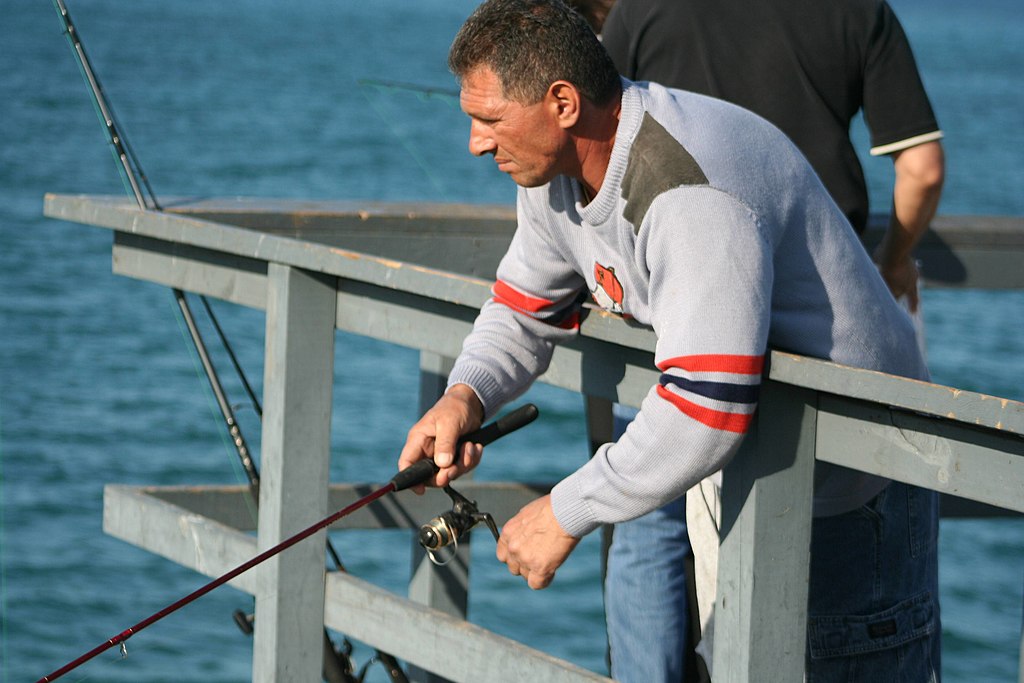
Once you’re home, begin a more thorough cleaning process by removing the reel from your rod. Create a cleaning solution using warm water and a few drops of mild dish soap or specialized reel cleaner. Using a soft cloth dampened with this solution, wipe down all external surfaces of the reel, paying special attention to crevices, seams, and areas where salt residue commonly accumulates. For spinning reels, carefully clean around the bail, bail arm, and roller, as these areas frequently trap salt and debris. On baitcasting and conventional reels, focus on the levelwind system, side plates, and handle assembly. After soap cleaning, rinse thoroughly with clean fresh water to remove any soap residue, which can attract dirt if left behind.
Cleaning the Spool and Line
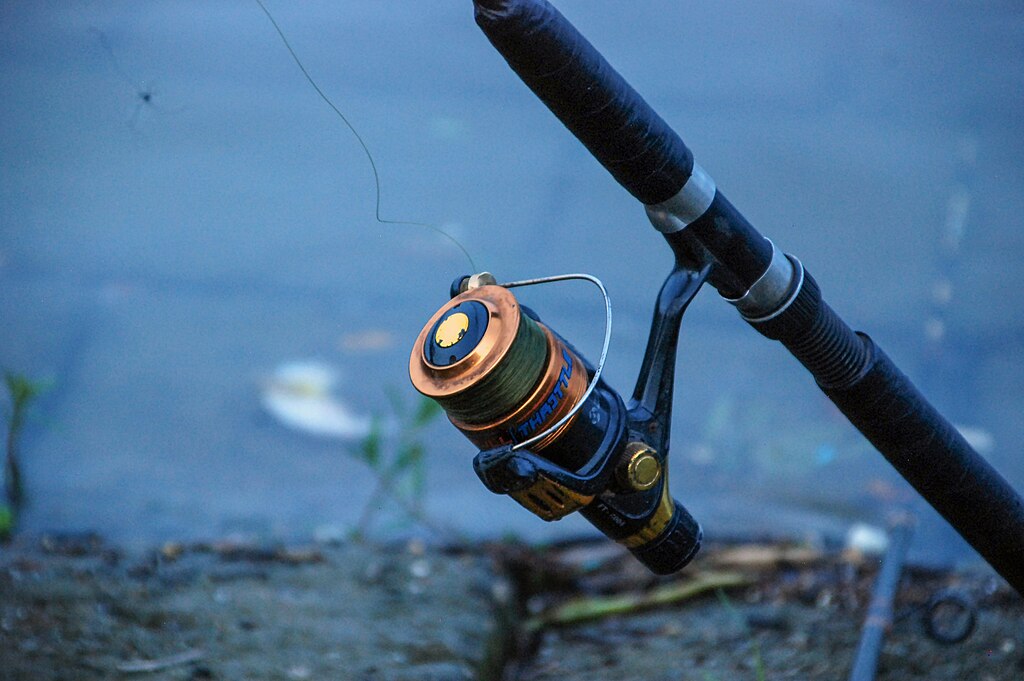
Remove the spool from your reel following the manufacturer’s instructions, as the process varies between spinning, baitcasting, and conventional models. Once removed, rinse the spool thoroughly with fresh water, paying particular attention to any salt buildup around the spindle hole and edges. For spinning reels, clean the main shaft where the spool connects, as salt accumulation here can affect smooth operation. The fishing line itself also requires attention—while the spool is removed, run the line through a damp cloth to remove salt deposits that can weaken the line and damage your guides during future casts. For braided lines, which can trap more salt in their fibers, consider a more thorough soak in fresh water before allowing them to dry completely.
Addressing the Drag System
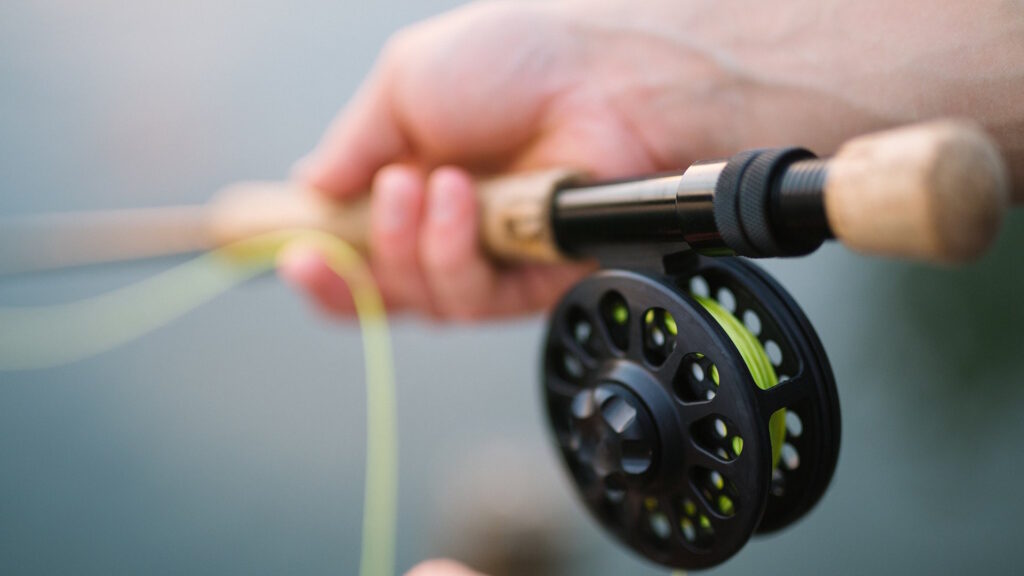
The drag system requires special care as it’s one of the most critical functional components of your reel. For most reels, avoid completely disassembling the drag system unless you’re experienced with reel maintenance or the manufacturer specifically recommends it. Instead, back off the drag completely (turning the drag knob to its lowest setting) to relieve pressure on the washers and allow better penetration of fresh water during rinsing. Gently flush the drag area with fresh water, then dry as thoroughly as possible with compressed air or by leaving it in a well-ventilated area. For higher-end reels or after extensive saltwater use, consider having the drag professionally serviced annually to replace washers and ensure optimal performance during fights with powerful fish.
Cleaning Handle and Knobs

The handle assembly deserves focused attention as it combines frequent hand contact with numerous crevices where salt can hide. Remove the handle if your reel design allows it, cleaning thoroughly around the connection point where corrosion often begins. For fixed handles, use a small brush to clean around the base where it connects to the reel body. The knobs on spinning and conventional reels often have small gaps and seams that can harbor salt—clean these thoroughly using cotton swabs dampened with fresh water or mild cleaning solution. Pay special attention to any rubber or EVA foam grips, as salt can deteriorate these materials over time and cause them to become sticky or brittle. After cleaning, ensure all handle components are completely dry before reassembly or storage.
Drying Techniques

Proper drying is just as important as thorough cleaning when it comes to preventing saltwater damage. After rinsing and cleaning, shake out excess water and use a clean microfiber cloth to dry all accessible surfaces. For hard-to-reach areas, compressed air can be extremely effective at forcing water out of crevices and bearings—use short bursts at a reasonable distance to avoid forcing water deeper into sealed areas. Never use high-temperature heat sources like hair dryers, as excessive heat can damage seals, lubricants, and plastic components. Instead, place the disassembled reel parts in a well-ventilated area away from direct sunlight for several hours. Some anglers find that placing reels near (not directly in front of) an air conditioner vent can speed drying while preventing condensation.
Lubrication After Cleaning
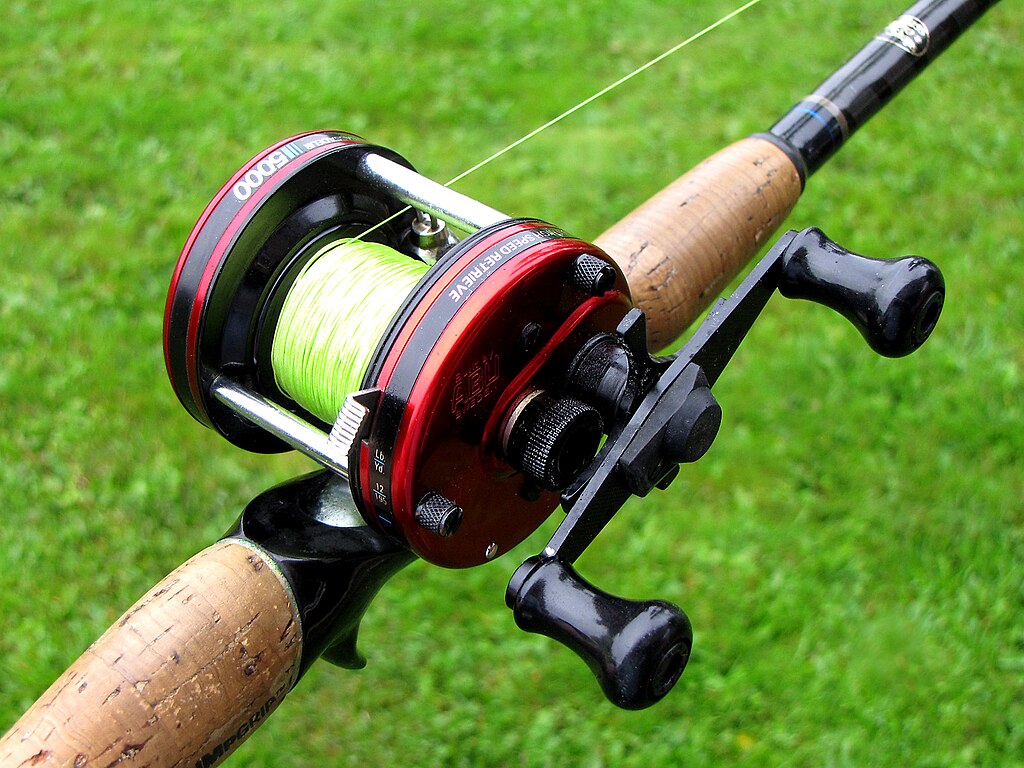
Once your reel is completely dry, proper lubrication is essential for restoring its smooth operation and providing additional protection against corrosion. Apply reel oil sparingly to all moving parts, including bail mechanisms, line rollers, handle connections, and any exposed bearings. Use specialized reel grease for gears and areas that bear significant loads during operation. Modern fishing reels require different lubricants for different components—generally, oil for high-speed bearings and grease for gears and drag systems. Always refer to your manufacturer’s recommendations for specific lubrication points and products. Apply lubricants with precision tools like needle oilers or toothpicks to prevent over-application, as excess lubricant attracts dirt and can impede performance rather than enhance it.
Reassembling Your Reel
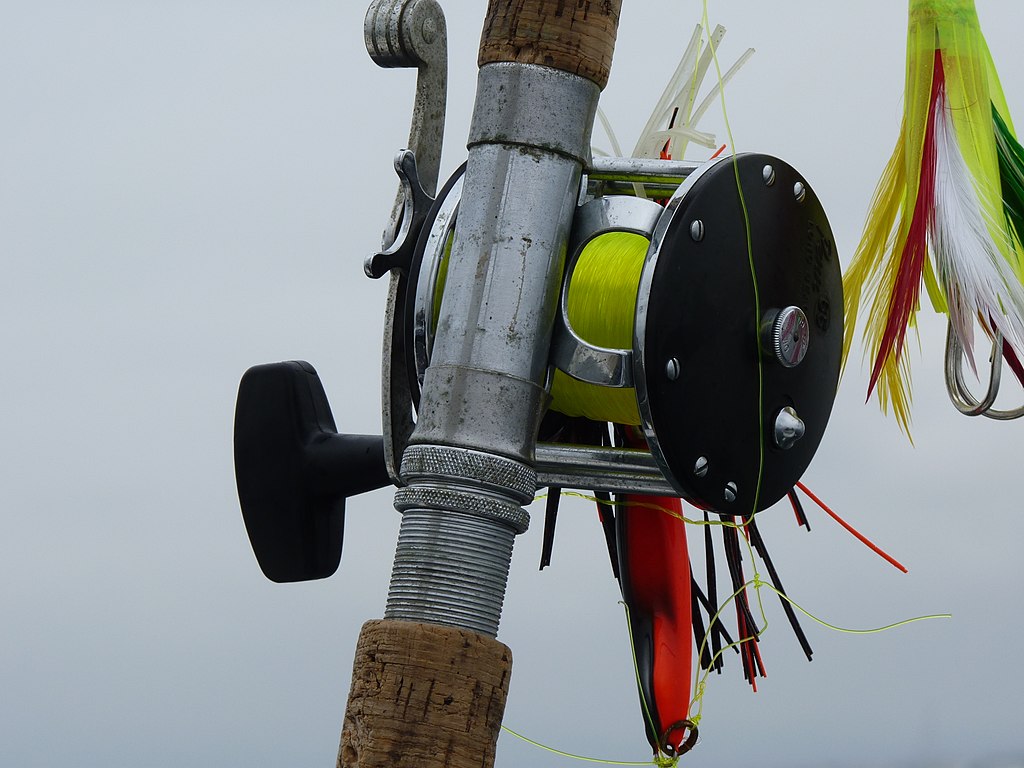
Careful reassembly ensures your freshly cleaned reel will function properly on your next fishing trip. If you’ve removed multiple parts, reassemble them in the reverse order of disassembly, referring to any notes or photos you took during the process. Take your time with this step, ensuring each component seats correctly and moves freely after installation. Pay particular attention to the proper alignment of gears, ensuring teeth mesh correctly before tightening screws. When replacing the spool, verify that it spins freely and that the line lay mechanism works correctly. After reassembly, perform a function check by turning the handle, engaging the bail or clutch, and testing the drag to ensure smooth operation before your next fishing trip.
Storage Best Practices

Proper storage between fishing trips provides additional protection for your clean, well-maintained reel. Store reels in a cool, dry environment away from direct sunlight, which can degrade materials over time. Consider using silica gel packets in your tackle box or reel cases to absorb excess moisture, particularly if you live in a humid climate. Always loosen the drag before long-term storage to prevent the drag washers from compressing and losing their smooth operation. For spinning reels, store them with the bail in the open position to relieve tension on the bail spring. Many serious saltwater anglers invest in waterproof, airtight cases with foam inserts for their premium reels, providing maximum protection against environmental factors during transportation and storage.
Maintenance Schedule for Saltwater Reels
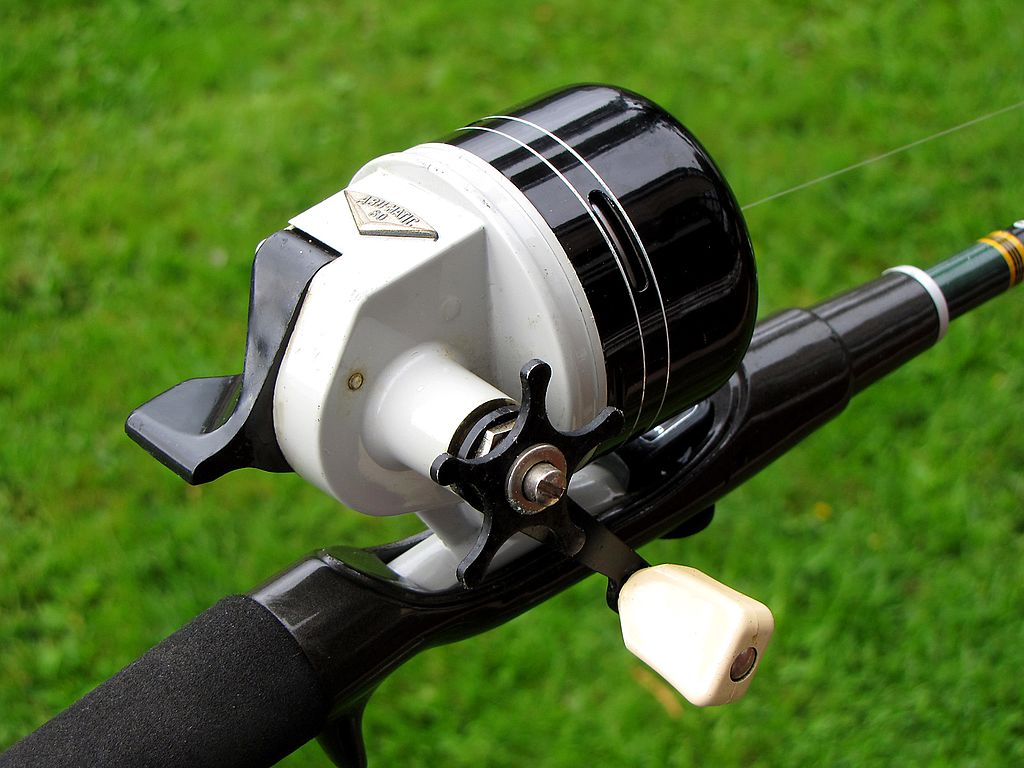
Develop a regular maintenance schedule based on your fishing frequency and conditions. For casual anglers who fish saltwater occasionally, perform the full cleaning process after each saltwater trip. Tournament anglers or guides who fish multiple days per week should perform a basic rinse and dry daily, with a more thorough cleaning weekly. Regardless of use frequency, schedule a complete disassembly, cleaning, and lubrication at least once per season, or consider professional servicing for high-end reels. Keep a maintenance log noting when you’ve performed different maintenance tasks and any issues observed—this can help identify patterns of wear or potential problems before they lead to reel failure. Many serious anglers rotate between multiple reels to allow adequate maintenance time without missing fishing opportunities.
When to Seek Professional Servicing

Despite your best maintenance efforts, there are times when professional servicing becomes necessary for optimal reel performance. Consider professional servicing if you notice persistent grinding, unusual sounds, inconsistent drag performance, or visible corrosion inside the reel body. Most reel manufacturers offer factory service options, often providing the most thorough and appropriate care for their specific models. Local tackle shops frequently employ reel repair specialists who can handle routine maintenance and many common repairs at lower costs than factory service. For premium reels representing significant investments, many anglers schedule annual professional servicing regardless of observed issues, considering it inexpensive insurance for equipment that might cost hundreds or even thousands of dollars.
Preventative Products and Upgrades

Beyond regular cleaning, several products and upgrades can enhance your reel’s resistance to saltwater damage. Consider applying protective sprays specifically designed for fishing reels, creating an invisible barrier against salt penetration. Some anglers use specialized “reel sleeves” or neoprene covers that protect reels during transport and storage. For those who frequently fish in harsh saltwater environments, upgrading to aftermarket components like ceramic bearings or titanium parts can significantly improve corrosion resistance. Manufacturers increasingly offer “saltwater editions” of popular reels featuring enhanced sealing, corrosion-resistant materials, and specialized coatings—these upgrades often prove worthwhile investments for dedicated saltwater anglers despite their higher initial cost.
Conclusion: Protecting Your Investment
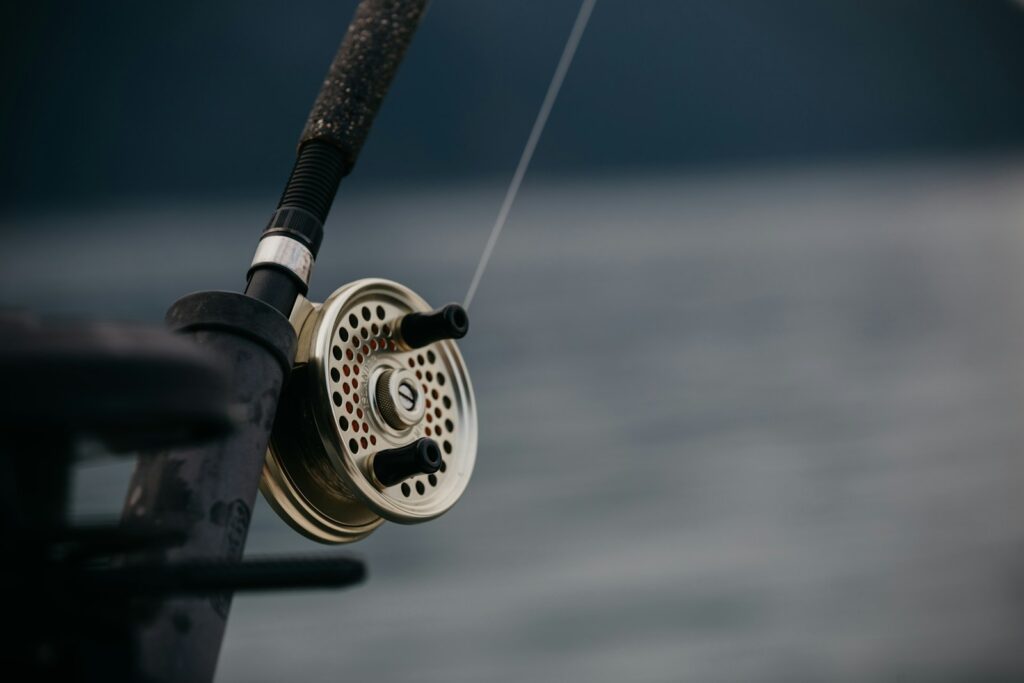
Maintaining your fishing reels after saltwater exposure is a small investment of time that yields significant returns in equipment longevity and performance. A quality fishing reel, properly maintained, can provide decades of reliable service, while neglect can render even premium equipment useless within a season. By following this comprehensive cleaning regimen—from immediate rinsing to proper storage—you’ll ensure your reels remain in optimal condition for countless fishing adventures. Remember that consistency is key; developing these maintenance habits until they become second nature will protect your valuable equipment and ultimately enhance your fishing experience by providing reliable performance when that trophy fish strikes.
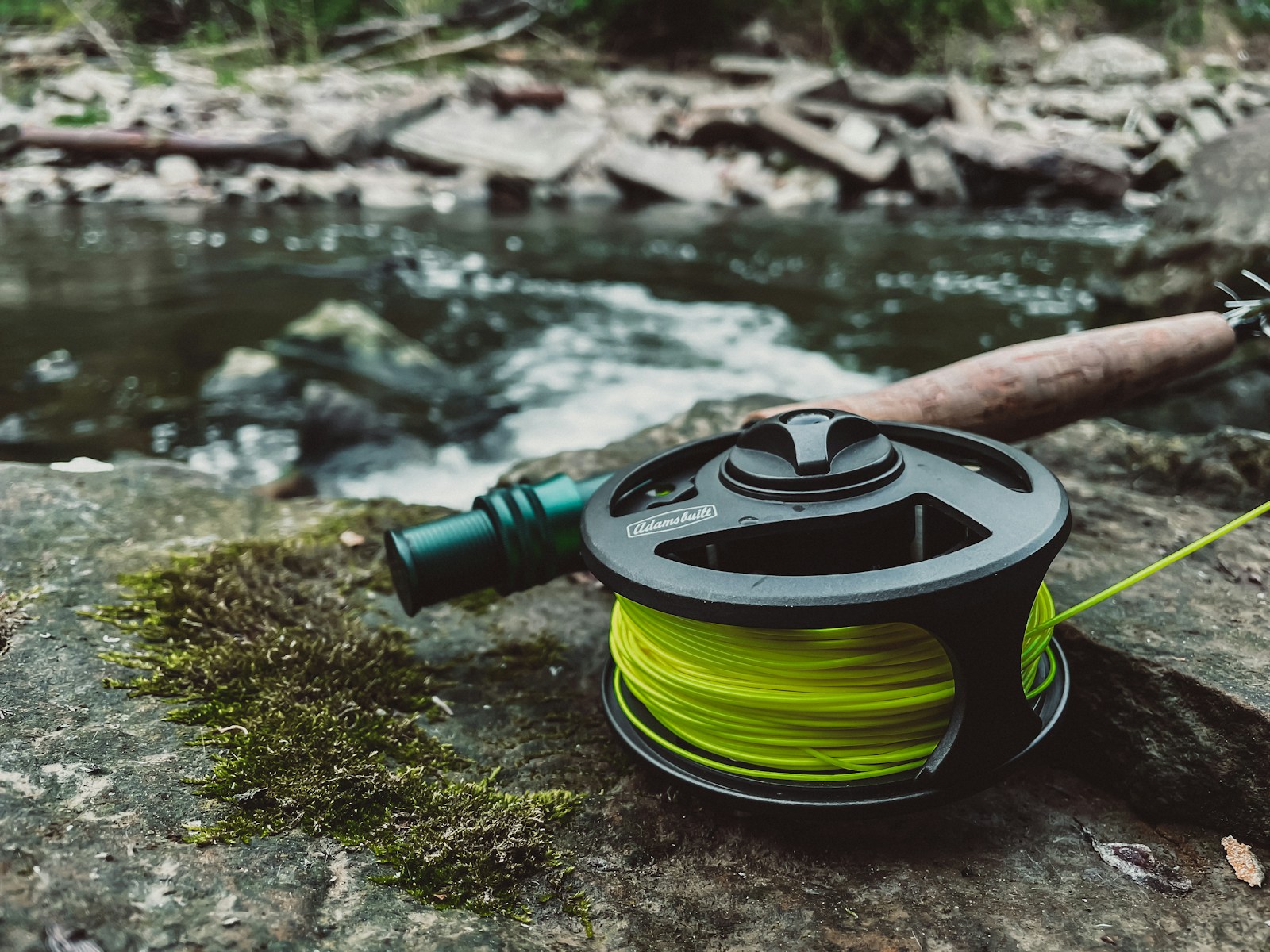


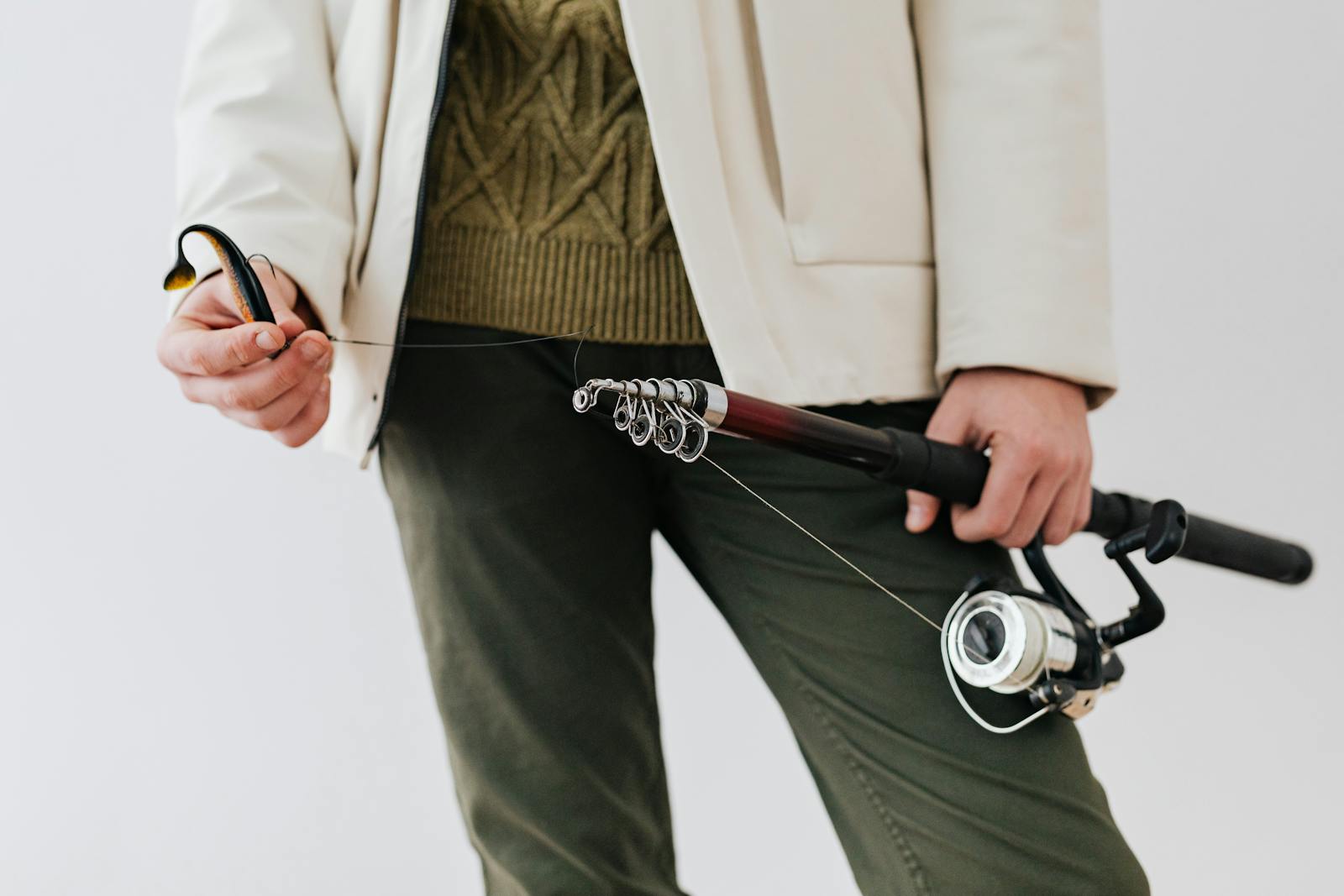










Post Comment